
“The force that wins will be the one that evolves the fastest.” That assessment, echoed in recent defense analyses, is playing out in real time over China’s skies. In less than a year, Beijing’s J-36 stealth fighter has gone from a debut prototype to a visibly redesigned second iteration a pace that breaks from decades-long norms in combat aircraft development.
It’s not an anomaly but a symptom of an industrial strategy where China’s aerospace industry, already churning out a new J-20 every eight days, is applying commercial manufacturing discipline to military programs. The greater challenge, as the United States grapples with its shortage of fighters and bottlenecks in modernization, rests not in who fields the most advanced jet but who can adapt faster and field quicker.
Here are nine critical dimensions of this unfolding competition, from the J-36’s evolving airframe to the US Air Force’s scramble to modernize its own fleets.

1. Iterative Design at Unprecedented Speed
In less than 12 months from when images first surfaced in December of 2024, the J-36 program has delivered a second prototype with major configuration changes. That is one remarkable tempo, given most Western fighter programs take years to alter core airframe geometry. This new prototype brings along a delta wing, a side-by-side cockpit, and a three-engine layout while keeping the heavy, tailless planform. The capability for such rapid prototyping suggests an industrial model built for continuous refinement rather than long, static development phases.

2. Thrust Vectoring Over Stealth Trade-offs
Instead, the most immediate and striking change comes in the form of angular, F-22-style two-dimensional thrust-vectoring nozzles replacing the recessed, stealth-optimized exhausts. Analysts further note this probably sacrifices some rear-aspect signature control for greater maneuverability and stability at high angles of attack. Because tailless designs are inherently unstable, thrust vectoring can also help to mitigate some of the pretty significant control challenges-particularly for a large multi-role platform expected to operate at high altitude and across domains.
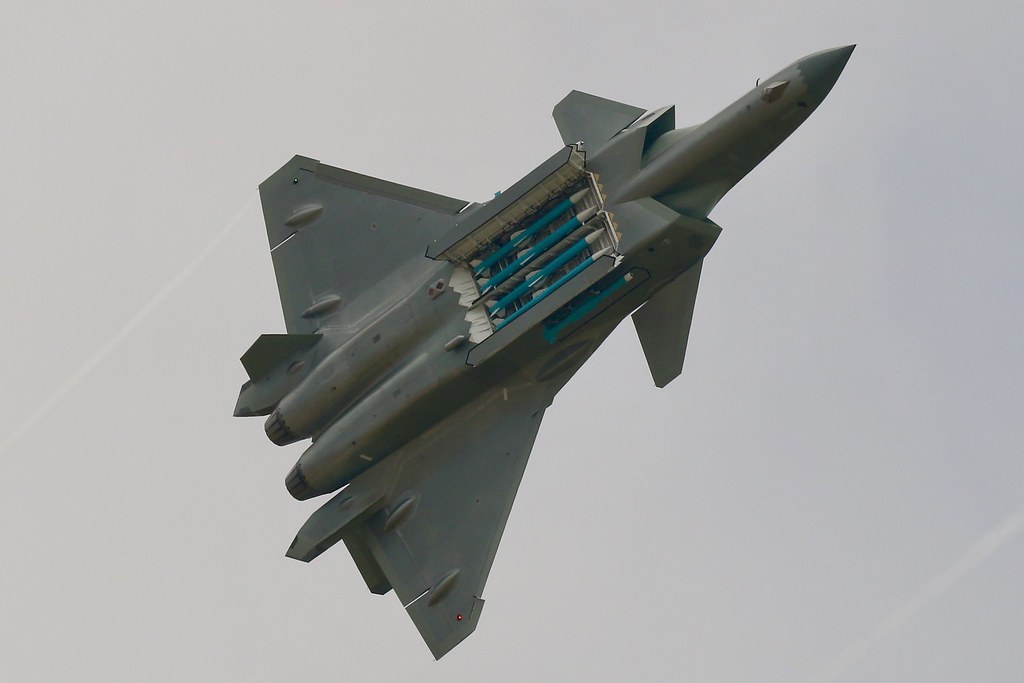
3. Intake and Landing Gear Redesigns
The caret-style inlets of the J-36’s earlier configuration are gone, replaced by the diverterless supersonic inlets-a signature of Chinese stealth fighters that allow for greater internal volume and airflow stability. The main landing gear has transitioned from a tandem to a side-by-side twin-wheel setup, potentially freeing up more internal space for larger weapons bays. These changes suggest a focus on both aerodynamic efficiency and payload flexibility.

4. Engine Development and Superalloy Advances
Where today’s flying prototypes are powered by WS-10 engines, production aims at the more powerful WS-15. Chinese researchers have now unveiled a new superalloy cooling process that could extend turbine life and enable higher thrust outputs, critical to sustained supercruise and thermal management in sixth-gen design. This came after the successful integration of the WS-15s on the J-20 variants, marking one more stride toward propulsion self-sufficiency.

5. Mass Production Capacity as a Strategic Asset
Already, over 300 J-20s are being produced by the Chengdu Aerospace Corporation, with five lines able to build one every eight days. Annual output is estimated at 70-100 units, with the potential to double. This scale would allow Beijing to field hundreds of advanced fighters well before U.S. sixth-generation platforms reach an operational status, using quantity to offset gaps in pilot experience or individual aircraft performance.
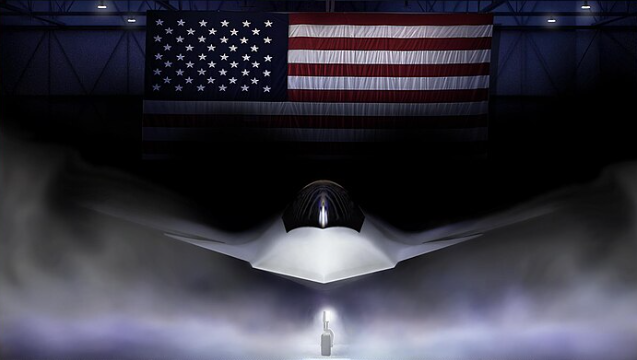
6. Goals of Sixth-Generation Integration
Conceived as much more than a fighter, the J-36 serves as a node of command and control for unmanned loyal wingmen and cross-domain operations. True to global sixth-generation trends, its design features large sensor apertures, high electrical power reserves, and modular architecture housing AI-assisted mission systems. These place it well to manage swarms, long-range engagements, and space-based assets.
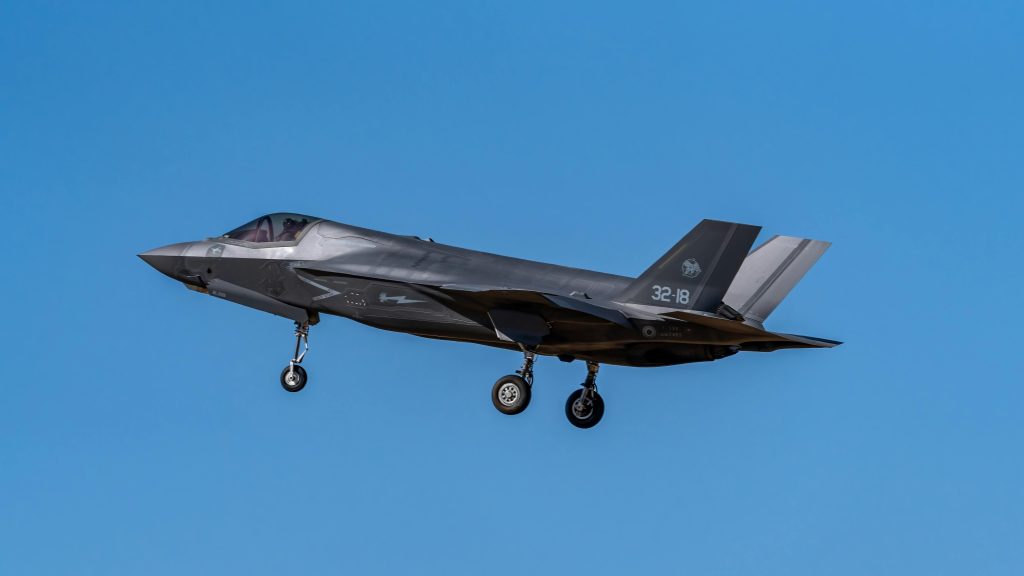
7. U.S. Air Force Modernization Pressures
The USAF is short some 300 combat-coded fighters against its requirement for 1,558 jets. It will retire 250 aircraft in FY2025, taking delivery of only 91, further widening the gap. Budget constraints, industrial bottlenecks, and delayed upgrade programs-notably the Block 4 package for the F-35-further complicate efforts to expand capacity quickly.
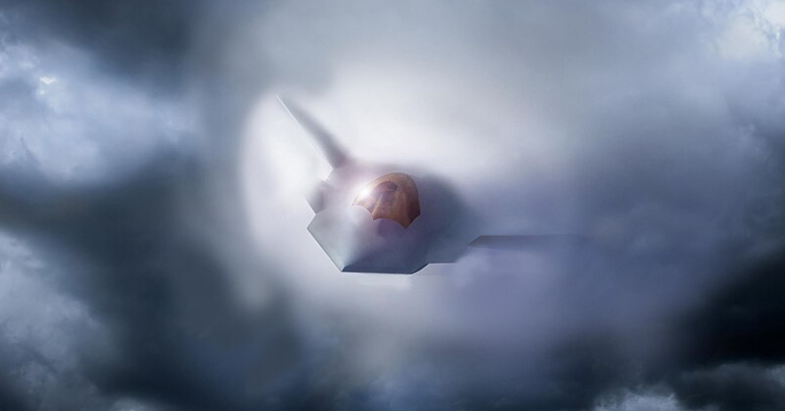
8. F-22 and F-47 Upgrade Paths
The F-22 is getting radar, electronic warfare, and cockpit updates, together with integration of the AIM-260 Joint Advanced Tactical Missile. It will be fitted with a new Infrared Defensive System for enhanced missile warning and tracking. Meanwhile Boeing’s F-47 — the crewed element of Next Generation Air Dominance is funded but years from service entry.
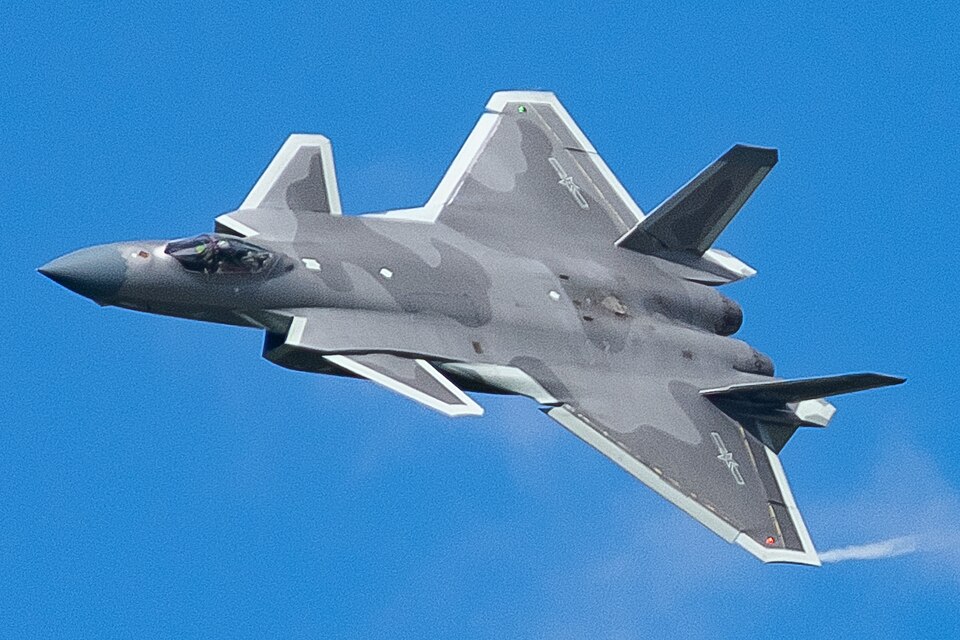
9. Industrial and Strategic Implications
Chinese capabilities to iterate designs in mere months and scale up production rival the U.S. model of long development cycles and smaller production runs. If Beijing sustains this pace, it could field operational sixth-generation capability earlier than expected, forcing U.S. and allied planners to accelerate not just technology development but also procurement and integration timelines. The competition between the J-36 and U.S. next-generation fighters isn’t so much a question of matched or unmatched specifications-the real matchup becomes one of industrial agility, speed of design iteration, and how to get prototypes into combat-ready squadrons.
China’s approach to rapid prototyping, parallel development, and mass production is rewriting the metrics of airpower advantage. In that respect, for the United States, maintaining dominance will require not only superior technology but also a transformation in how quickly that technology is brought to the fight.


